Redefining Disease
The borders of mental illness categories are dynamic, culturally influenced and focus almost exclusively on groupings of symptoms.
In recent years, “not otherwise specified” has been used as often as any of the specific diagnostic categories of the Diagnostic and Statistical Manual for Mental Disorders (DSM).
Diagnostic categories are created by consensus but show high levels of comorbidities and common symptoms. For example, mood and anxiety disorders are themselves comorbid with substance abuse and personality and eating disorders.
This conceptual muddle argues strongly for a reclassification of mental illnesses based on causes, not symptoms.
-
50%
Nearly half of people with a mental disorder meet criteria for two or more disorders
-
9M
Almost 9 million people have both a mental and a substance abuse disorder
Some research institutions have already abandoned the DSM—the “bible” of the mental health field—and have pioneered diagnostic systems based on measurable scientific indicators.
Machine learning algorithms will sift through mountains of data—from smartphones, metabolic biosensors, in-home sleep trackers, speech processors and body language monitors—to identify mental health “signatures”.
